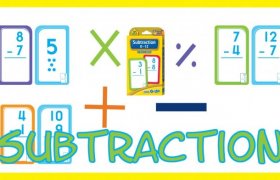Playground Game Ideas for Toddlers
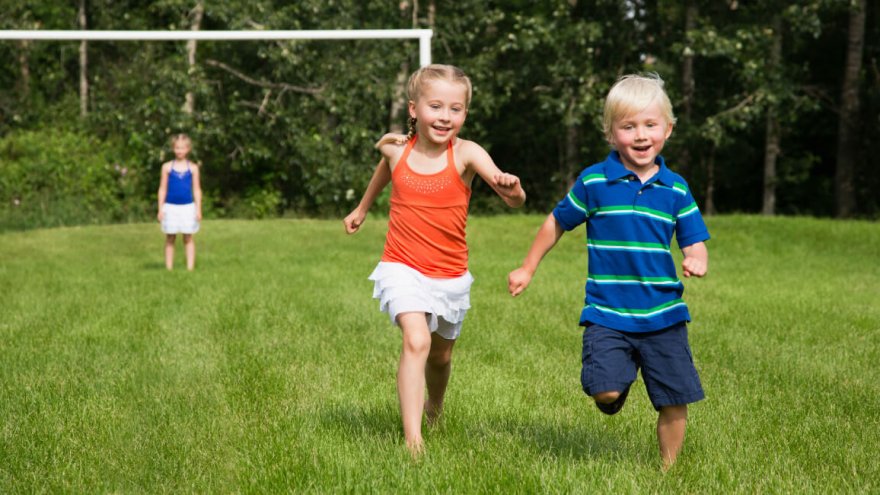
Let’s face it, every child’s favorite school period is recess. After hours of History, reading, and math, this is the time children are free to talk as much as they want, laugh as much as they want, and fully be themselves without inhibitions. With all of these good things going on, why not make recess an essential part of your child’s learning and development? Play time is a perfect opportunity to teach children social skills,confidence, and creativity. Childhood creates the building blocks to healthy and productive adulthood, might as well make it fun! Here are different spins on five classic games parents and teacher can incorporate into playtime that encourage these important building blocks as well as allowing quality time spent with the children.
Simon Says
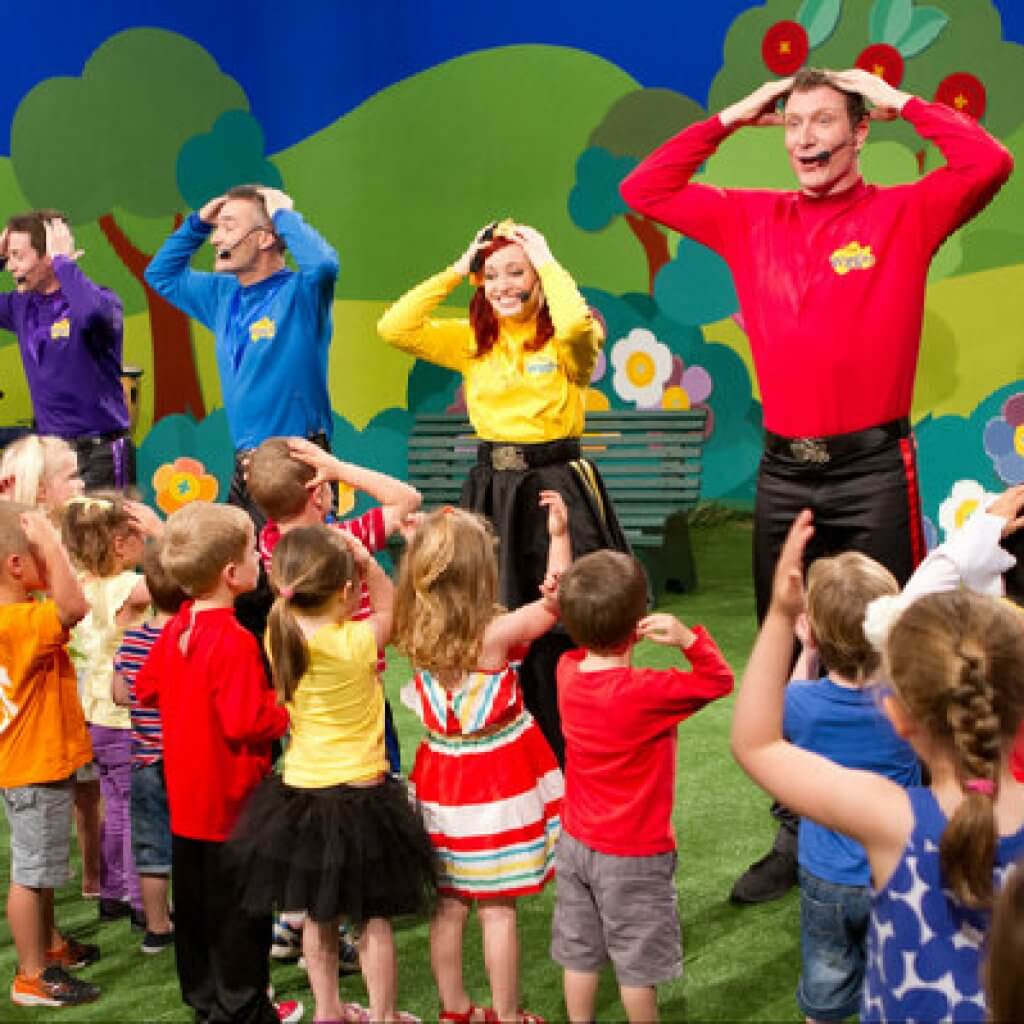
We all know this game; Simon gives instructions, and everyone follows. A new spin to this game is allowing the child to get creative with Simons orders. For example: Simon says touch something red. The child is free to explore his or her surroundings in the search for something red. A red ball? A red slide? A red shoe? The possibilities are endless. What if Simon says, find something in the shape of a square? The basketball court, the sand box, and a book can all be winning options for the child. In order for the child to get creative, the usual “touch your nose” instruction would have to be replaced for something that is more open ended.
Red light, green light
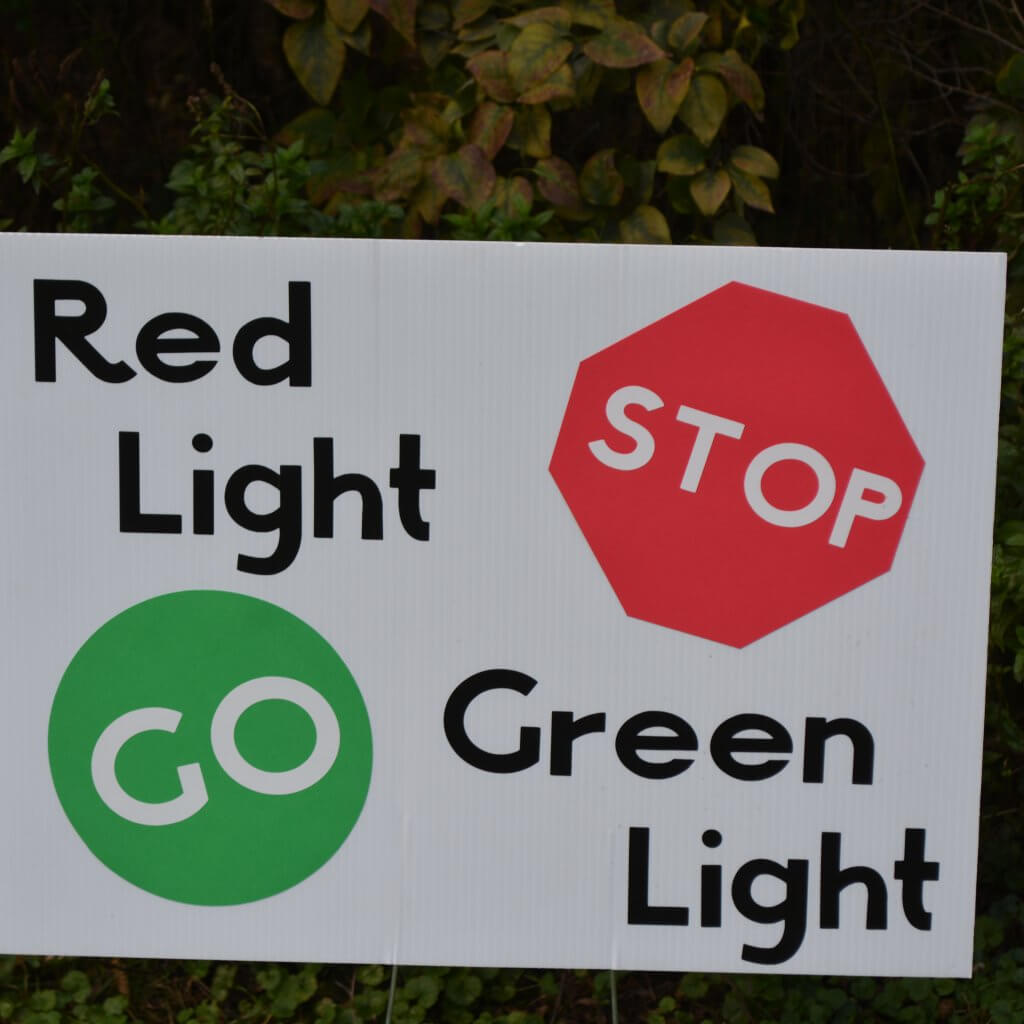
This is an awesome game to get them moving as well as teaching them to remain conscious and aware of their surroundings. Instead of just calling out the colors, papers with green, yellow, and red should be held up in the air so that the child remains attentive and focused on what’s ahead of them. To make things more challenging, similar signs with the words “hop”, “run”, “walk” should be held up in unison with the colors. The goal is to be the fastest to reach the “traffic light” (being the person holding up the signs). In order to reach the finish line, the child would have to pay attention to when the light turns green and follow instructions on how to get moving, whilst paying attention to when the light turns yellow and red. Whoever fails to do as the traffic light says must return to starting line to begin all over again. The first person to reach the finish line becomes the new traffic light.
Treasure hunt
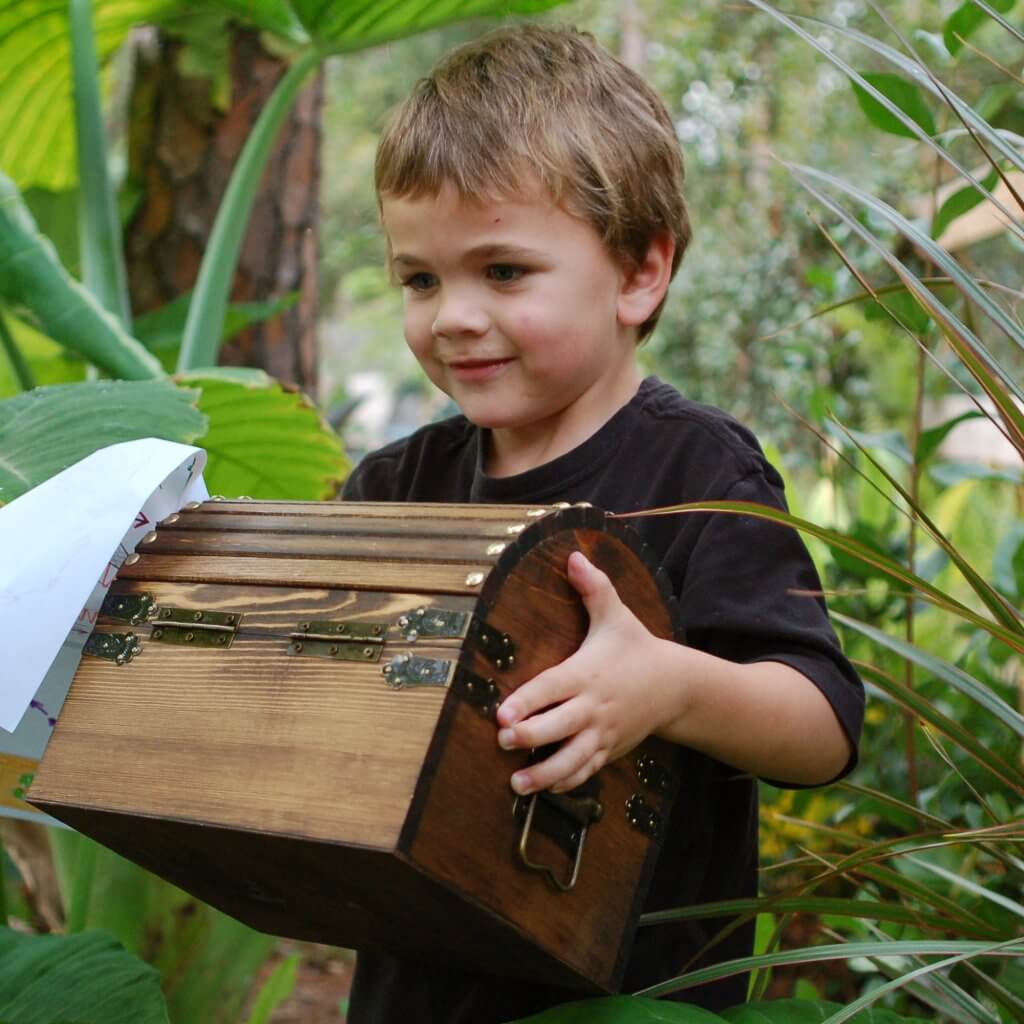
This game can be an excellent tool to promote socialization and thinking skills. The parent or teacher can create a list of objects to find and special clues on where to find them. These objects can be hidden in special locations or out in plain sight. Usually, this game is played individually.However, a team based mentality on this game can lead to more opportunities for learning and fun. In order to play, the treasure list is given out to pairs of two, and just like that, they are off on their adventure! The goal of this game is to be the first group to find all the items on the list. The winning group then has the power to create their own treasure list, or even use the same one but rearrange all the items to make things a little more of a challenge. Teamwork and the ability to work together is an essential part of this game. This allows them to understand that good communication can lead to success.
Duck, duck, goose
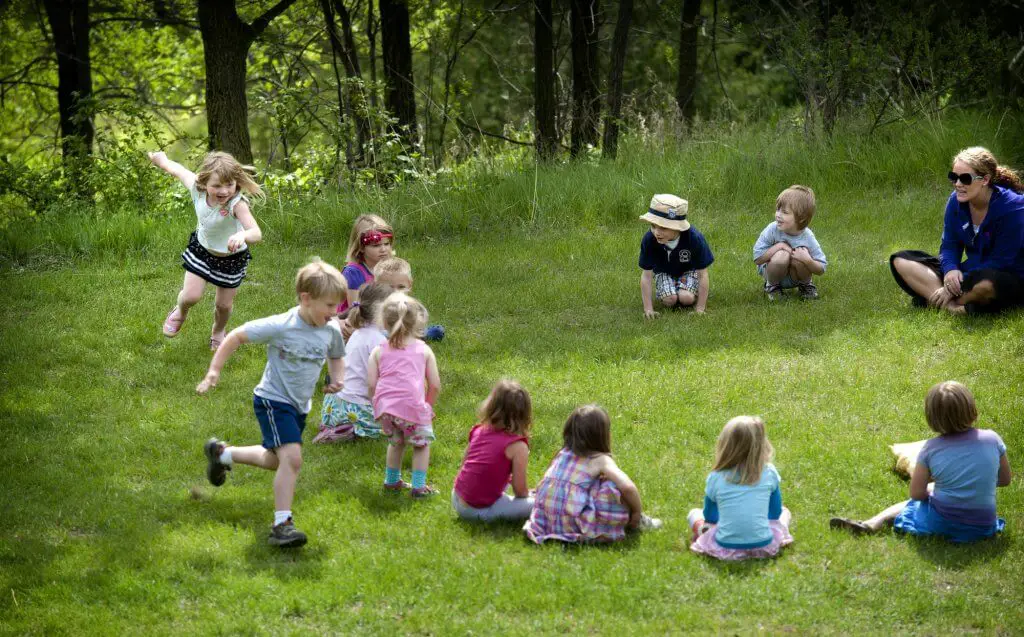
A new way to play this classic game involves just a dash of creativity from all involved. The children are to sit in a circle and wait till they are picked as the “goose” in order to chase the one that picked them. But here’s the catch: whoever gets picked must think of a word the “goose” must rhyme with before they proceed to chase. If they fail to think of a word, they must sit back down until the next one is chosen. Since nobody wants to be a duck, the children will actively think of words to rhyme in anticipation of getting picked. Not only does this help children be physically on their toes, but it keeps their mind running as well. This game is also a great opportunity for the parents or teachers to introduce new words into their vocabulary. The ability to rhyme and be able to identify the similarity of sound between words will be a useful tool in the remainder of their school years. Who knows, a simple game of duck, duck, goose may even spark up the flame that will create the next Dr.Seuss or Robert Frost!
Freeze Tag
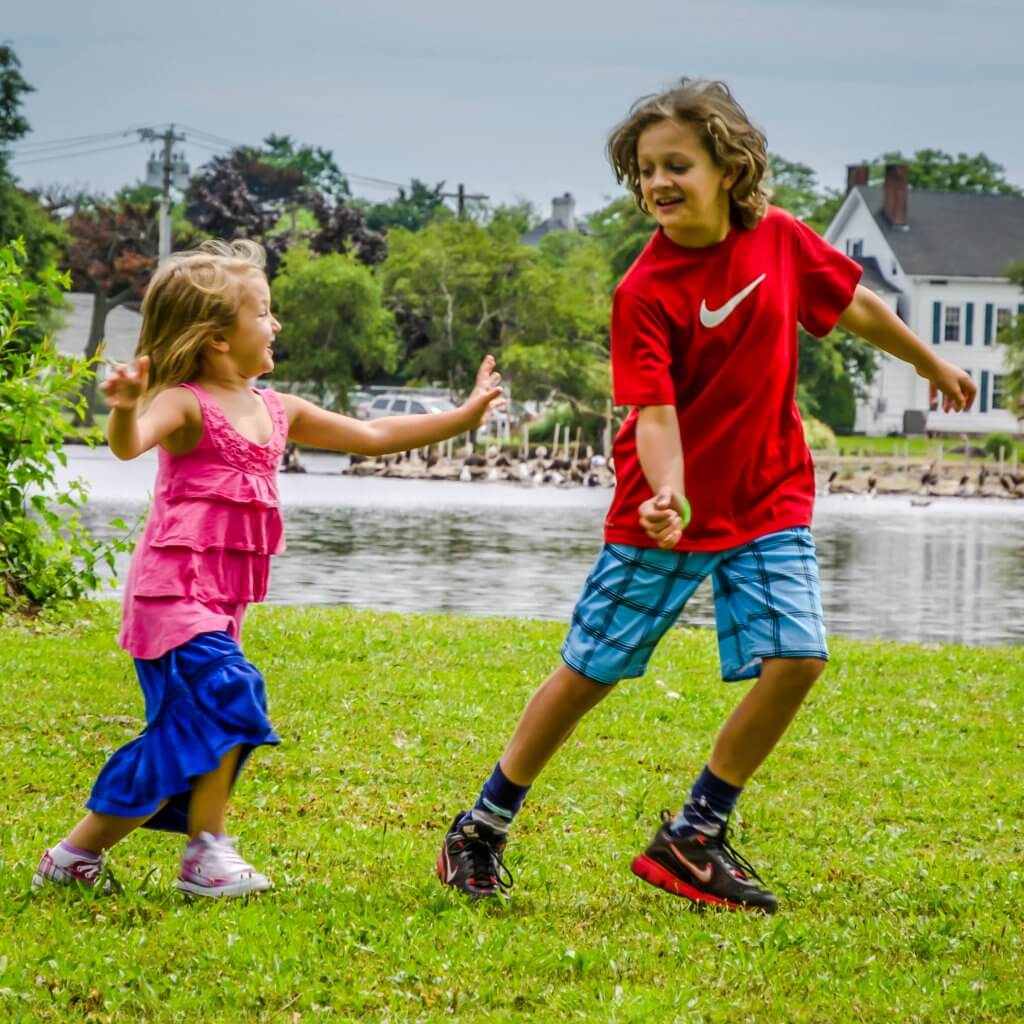
Tag is probably one of the earliest games we learn as children. A newer rendition of this game is called Freeze Tag, and it involves “freezing” the child that is touched instead of making them the one that has the ability to tag. This game has the power to big a huge confidence boost on children. In order to play this game, the children can be separated into two teams in separation with the tagger. Each teammate has the ability to unfreeze anyone in their team that has been tagged, or frozen. The last person tagged becomes the next tagger, and the team with the least amount of frozen members within a span of 30 minutes will be considered the winning team. This can be a reason for big celebration from the winning team because they will be proud and confident in their ability to work well as a group. The teams then continue on competing to ultimately become better in their efforts to save their fellow teammates.
Although these are commonly known games, adding a special touch of individuality can create a whole new world of experience for children. With all of the energy children possess, it is important for us to find the best outlets and mediums for this energy to be exercised. Mental and physical stimulation are very important elements in the development of children, and playtime is a perfect opportunity to do both simultaneously. One of the biggest complain parents get when their kids get home is that school was boring or that learning itself is boring. These games however can make learning fun just for the simple fact that it involves doing something as enjoyable as playing. Although numbers and letters can sometimes be a little tricky, there are other skills that can be easier to learn and are equally as important. It is sometimes easier as teachers, or as parents, to allow play time to be a free for all for children. However, being more involved can go a long way when it comes to education, even if it takes a little bit more of an effort. Playtime not only creates bonds between the participants, but also creates a lasting impression that allows children to associate school and learning environments with an enjoyable time. Learning does not have to end in the classroom. It can take place at home, in the playground, or in your very own backyard.





